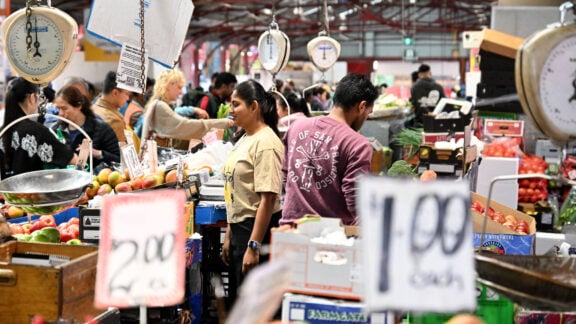As the 29 November state election draws closer, a consensus seems to be forming amongst commentators based on the available opinion polls that the Liberal-National coalition government is in some trouble. The polls are indicating that voters are re-aligning their support to the Labor opposition, presumably in response to the manner in which the Liberal Party in particular conducted itself as one of the major parties of government after its rather unexpected election victory in 2010.
If the theory of uniform swings holds (that is, if the polls are revealing a shift in alignments then it should be assumed this will occur across all electorates with the consequence being that those seats with the narrowest margins will be lost by the governing party) then Labor may be on track to win the election with a majority of perhaps nine seats. The problem, of course, is that theories and realities often do not match, and that, for all the bad polling and problems the party has had to deal with since coming to power in 2010, it is still very possible for the Coalition to win this election even if there was a big two-party swing to Labor.
What is more, the contest is not simply one between Labor and Liberal in the outer south-eastern suburbs of Melbourne and the regional cities of Geelong and Ballarat. In inner Melbourne Labor is being challenged by the Greens, with the state seat of Melbourne looking particularly vulnerable. Despite what the polls are saying, the 2014 election is going to be a very close affair.
Part of the reason for this is the comparative lack of marginal government seats in the current pendulum. Following the redistribution of electoral boundaries, the Liberal and National parties notionally hold 48 seats, of which five would be lost with uniform two-party swings to the Labor party of 1 per cent. This would give Labor the 45 seats that would give it a lower house majority provided it did not lose any inner city seats to the Greens. A swing of two per cent would result in 8 seats being transferred. Beyond that, Labor would need a two-party swing of more than two per cent, and even this would only add one or two seats to the Labor majority. Labor has its own marginal seats, of course, and any loss of these to the Liberals would make the final outcome very close indeed.
This is all based on the idea of a uniform swing. If the Liberal party was able to defend some of these marginal seats and pick up a marginal Labor seat such as Cranbourne, it could still win this election even if there was a big two party swing to Labor across the state. This is by no means beyond the realm of the possible. No-one has adequately accounted for why support for Labor collapsed as it did in 2010, but one of the features of that swing was how big the anti-Labor swing was in middle- to ultra-safe Labor districts (and, indeed, in Coalition strong-holds as well).
What could happen on 29 November is that these swings are cancelled out – in other words, the swing to Labor being detected in the polls occurs in very safe Labor and very safe Coalition seats but does not occur to the same extent in the marginal seats. If this happens, then the Coalition could just scrape home and the historical trend that there hasn’t been a one-term government in Victoria since the 1950s will be maintained.
Finally, a word on the election for the Legislative Council. There is a lot of static occurring over the potential for minor parties to win Upper House seats. If the cumulative vote for these ‘micro’ parties is more than 16.7 per cent in any Upper House region, then one of them will get a seat. Failing that, the most likely scenario is that Upper House seats will be won by the Labor, Liberal and National parties with the Greens probably winning three seats.
The real battle will be between Labor and Liberal for a seat in both Northern Metropolitan and Western Metropolitan. At the moment, the Coalition has a 1 seat majority in the Upper House. If the status quo is maintained, the Coalition will control the Upper House after 29 November. If Labor wins one seat from the Liberals, the numbers are tied. If Labor wins two seats, then the Greens will hold the balance of power. These are the two most likely outcomes, and Victorian parliamentary politics will have another four years of tense brinksmanship as a government tries to steer its legislative program through parliamentary chambers it may not necessarily control.
* Dr Nick Economou is a senior lecturer in the School of Social Sciences at Monash University. He was also the Sir Robert Menzies Lecturer in Australian Studies at the Institute of Commonwealth Studies (London University) between 1995 and 1996.









